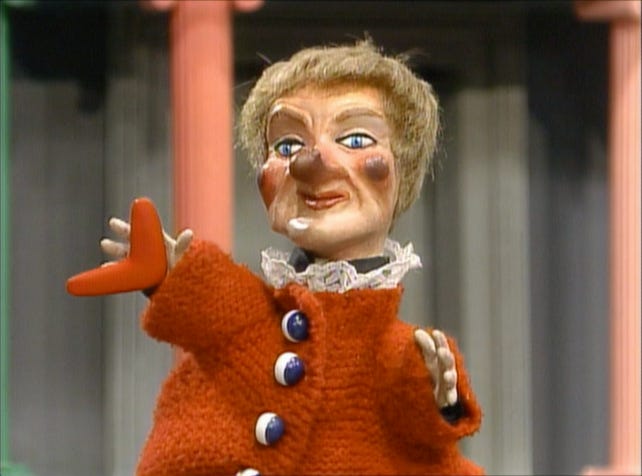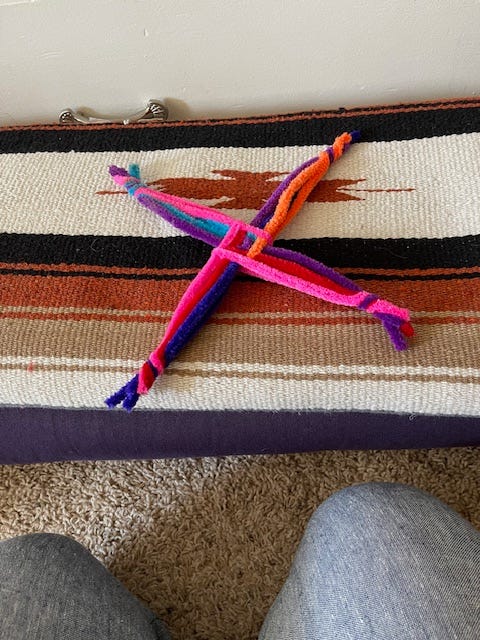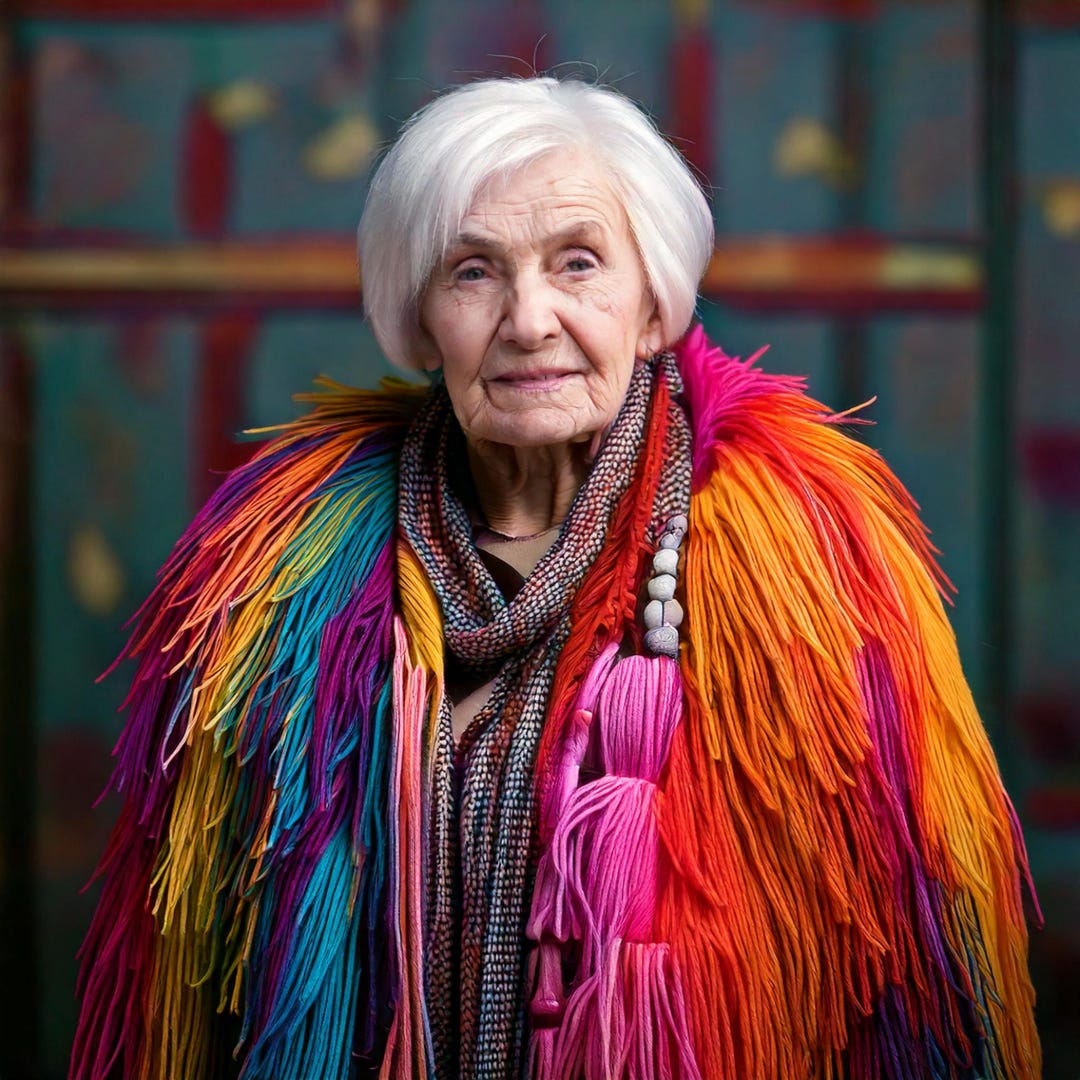The Year of the Wood Snake started Feb 1. And I am a Snake! If you don’t mind snakes, check out this little cutie, a pig-nose snake, for a reminder of how cute we can be. Also, good gardeners.
I have been going deep for the main character of Root Bound, who embodies the archetype of the Maiden, yet the Hag appears in my research so often, including as Snake, that I can no longer ignore her. Indeed, the two are of the same coin.
Saint Brigid
My Writing by Writers workshop compatriots asked to get closer to Bridget, my novel’s Main Character (MC), and for me to pull together the land elements, which they LOVED, by the way. I’m attempting both.
So this winter I joined an online immersion into Celtic myth, lore, and crafts. Voices of Celtic Wisdom has been a great resource of community as well as stories that resonate with land, like stories of Saint Brigid.
While Bridget is a young woman who must grow in self-sufficiency through renewed love for earth and man, another character occasionally visits the farm, a wise woman of the earth. This character embodies some of the nicest things of Hag-hood and is the counterpart to young Bridget. These characters were in my novel before I knew the deep lore around them, so I am very excited to discover so much myth and symbolism to inspire.
Do you know that, last year, I met a real, live Brigid in Kopenhagen? She was growing sprouts outdoors for smørrebrød. As soon as I understood her words (Brigid! Brigid!!! My name is Brigid!), I officially recognized she had a Goddess’s name, which she greatly appreciated. And I let her know my MC is named the American version, Bridget. Alas, I have no goddess name, though my hubby’s got a god’s name (Chris, bearer of Christ). Lucky! My name, Nicole, means sympathy or something like that (eye roll).
Nicole and Chris at UNESCO World Heritage site, Kronborg Castle, Denmark (a.k.a. Hamlet's Castle), on Earth Day, 2024
We LOVED Kopenhagen—its revitalized industrial areas and beer scene are not unlike the Northwest—and there’s serious history in the stone buildings fronting an ocean mote and its magnificent city castle. If you are a traveler and get the chance to go, you will love it, too.
Brigid of Kopenhagen reminded me immeasurably of Mr. Roger’s puppet, Lady Elaine Fairchilde. Mischievous, brave, and ready to speak up, Roger’s character was fashioned after a young woman Rogers knew well (I heard it rumored she was Scandinavian, but couldn’t confirm this). Yet she also exhibits the long nose, bobble buttons, and startling hair that designates the Hag. Lady Elaine Fairchilde was my favorite character in Mr. Roger’s world. Brigid of Kopenhagen also made me feel comfortable and welcome in her complex.
Check out Lady Elaine Fairchilde’s delightful song about winning. 😂
In the meanwhile, I learned to weave a Brigid’s Cross and more about the sun- and life- cycle it represents. My cross is made from fuzzy pipe cleaners to use supplies I already had, but it turned out to be a great way to learn. The pipe cleaners easily hold a bend, and the colors show where each piece goes next. Following Celtic tradition, I wove this ancient pattern from dark to light. I imagine that eventually a Brigid’s cross could be bent up into a basket. I might try with lavender stems or grape vines next as it is recommended to use the materials you have on hand and create a relationship with the land where you are.
A Beginner’s Version of Brigid’s Cross, Imbolc 2025
Interestingly enough, the Maiden and the Hag are timeless characters that appear in many indigenous cultural tales.
Baba Yaga
For some time now, while explaining how AI can spread ideas, I theorized that a keyword like “Baba Yaga” could spread from popular action movies, like John Wick, to anyone asking ChatGPT, “Tell me a ghost story.” The concern was that you could research Baba Yaga, and another writer half a world away would be freely given your arduous concept development via AI’s lack of confidentiality when this other writer simply asked, “Tell me a ghost story.” Of course, this could happen in the workplace as well, with one org entering queries while another org benefits from the output—a sort of corporate espionage conducted through the memory of the tools. As an editor, I do now use AI-based tools for a final editing pass and a plagiarism check, but the articles are days away from being published so there’s less concern of research being stolen. The tools are still tools, FYI; which is to say, it takes a person to apply them correctly and ensure quality.
Although I didn’t actually intend to research Baba Yaga, she stayed with me, like the tough old gal that she is.
At first, I was intrigued but perplexed by Baba Yaga’s strange character purported to live in a hut built on chicken legs. Because she supposedly eats children, she falls into my “Evil Santa” category of characters, which I dubbed as a budding writer in childhood. But there are also stories that Baba Yaga allows savvy visitors into her hut and prophesizes for them, even does a spot of laundry, if they earn her good will. Baba Yaga, closely related to the Celtic Badb and Morrígan (who is etymologically proven not to be Morgan Le Fay, by the way), is a goddess also associated with war. She flies above the melee and uses a siren’s call to instill courage or strike fear into the hearts of men, as appropriate. In this case, warriors who dream of Morrígan washing their armor foretells of death in battle. She is seen as a goddess of sovereignty.
According to some scholars (Proinsias Mac Cana), this goddess has a greater purpose than simply observing or fortunetelling. She is "primarily concerned with the prosperity of the land: its fertility, its animal life, and (when it is conceived as a political unit) its security against external forces." She is not someone to piss off!
The chicken legs of the hut may have been, for some real person in time, stilts built from fallen trees at the edge of a pond or bog. And—of course!—this woman of the bog would have raised chickens for eggs and meat. That’s what I would do if I lived by a bog! The difficulty of reaching her elevated front door would have kept away predators while atrocious rumors kept away stupid people and meddling kids.
The final intriguing symbol I’ve been left to think about with Baba Yaga is her mortar and pestle. Perhaps it’s another reference to the resourcefulness of old women who cook, but since she flies around in her mortar like a bucket, or Big Dipper, or otherwise upon a broom, wielding her pestle as a weapon, I have to wonder if there’s more to this symbol. Although there is another racier explanation for the pestle, it occurs to me that some people are so worn in by others’ expectations, demands, and judgement, that they find themselves caught in a sort of mortar and pestle: between a rock and a hard place which begins to rub away kindness, perhaps humanity. Hence the reason Baba Yaga lives—very much alone—by a bog. Or it could be that she grinds bones in her mortar and pestle, then sweeps away the remains. Whichever!
Cailleach
While I have found myself “stress baking” in this last week, producing dozens of muffins rife with the goodness of apples and ancient grains, using my mini-chopper (mortar and pestle) to pulverize pumpkin seeds and grind flax flour into the dough, I have also been blessed, if you will, by the recurring dream of a charmed character. She is literally covered in charms, tassels, and brightly colored bobbles that shake and startle the person she visits like children’s rattles and Jack-in-the-Boxes.
It was the Cailleach, the opposite of Brigid. Cailleach, like winter, walks the earth, leaving sometime between Feb 1 and May 1, when the Maiden Brigid arrives in full force for summer. Life cycle is considered sacred in Celtic mythology. Imagine if one part of the cycle stopped working and how the world would stall or rot without renewal. In my dream, Cailleach was passing by one last time; this was my chance, until next year, to understand.
The Cailleach is a divine Hag who made the hills and mountains and is associated with mountain sheep (think bighorn sheep). In some stories, she drinks from the well of youth on winter solstice and becomes younger each day until Brigid awakens. She’s not all nice, though, as she also wails sharply like winter ravages and can freeze the ground with her staff.
In my dream, the Hag reflected back whatever fear you allow to surface. Afraid of clowns, deary? Yes, well here’s a clown. See his death white face and bloody teeth? Boo!!! Oooohhh, you don’t like mirrors. Well, here’s a mirror… Much like the junk lady of The Labyrinth, she brings forth whatever you call in.
But finally, in sleep, when I really looked into the soul of this character, I realized she’s never hurt me. Then she just shook her rattles and grinned. I thanked her for the first time after having a fright in my dreams many times. I said, “Thank you for showing me what I have been afraid of, and that much of it is silly. Now I can be really careful of the few that aren’t.” I leaned in, instead of retreating, and I kissed the top of her head. She turned into my sweet old great aunt and beamed love at me. Before she bid farewell, she showed me what was in her giant bag, which she carried on her back like an Evil Santa. The bag was not full of bad children. It was all the real scary shit of the world wrapped in a bundle, which became safe for her to handle because it was already held in a container. What a resourceful lady!
AI-generated image of “Elderly lady in a giant tasseled multi-colored coat”







